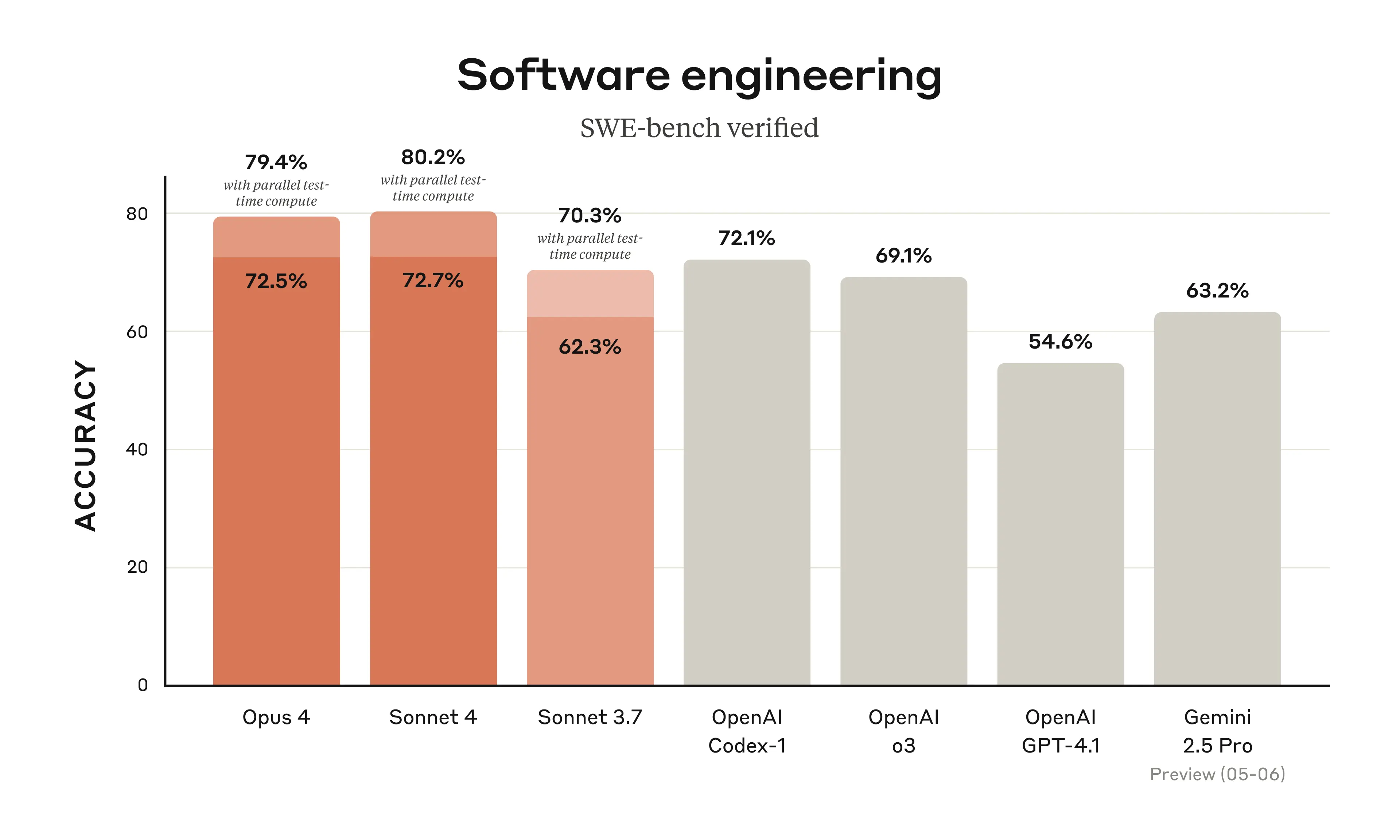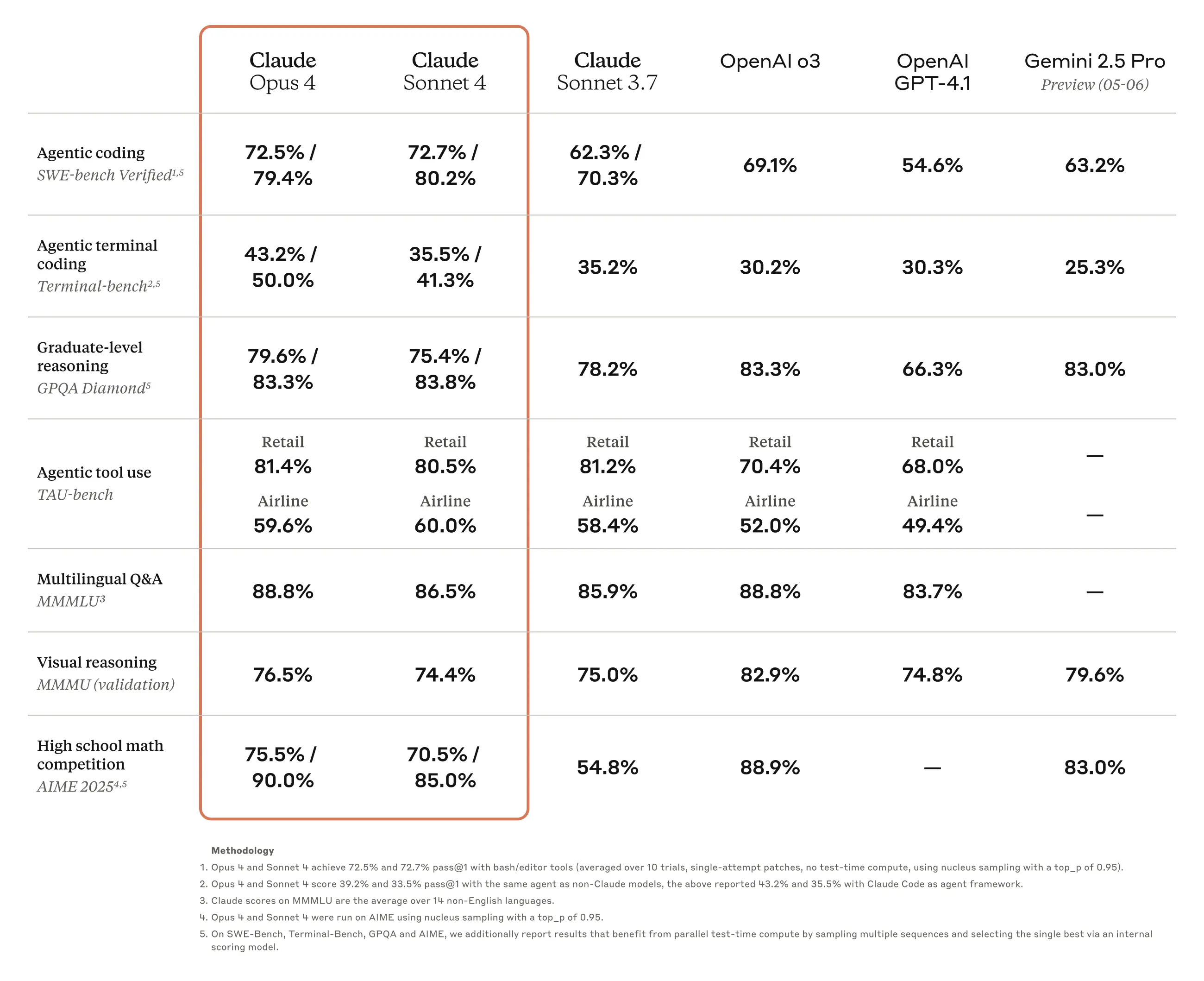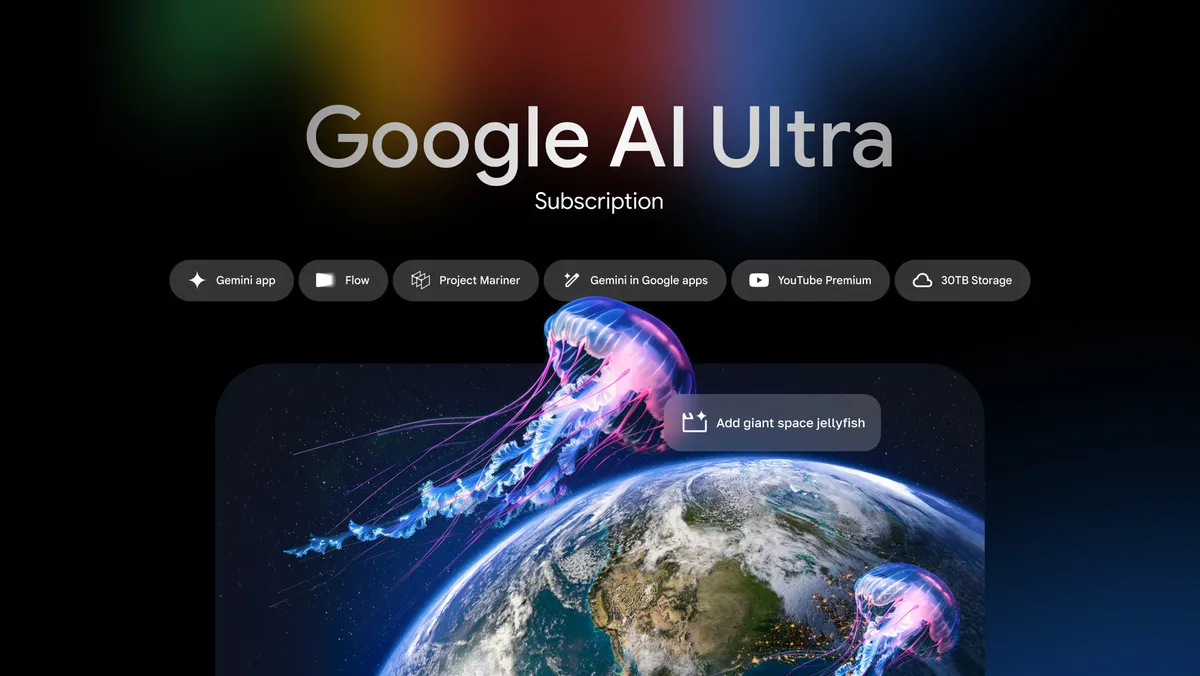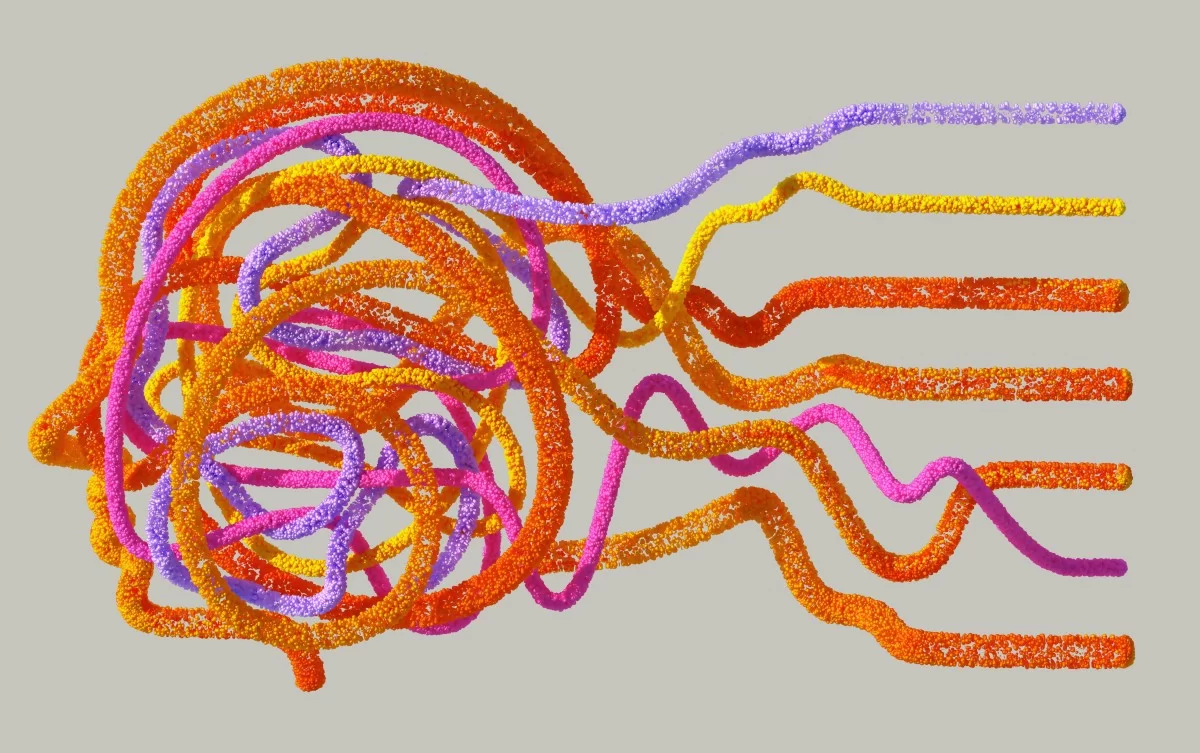Table of Contents
In May 2025, Anthropic's newly released Claude 4 family brought significant changes to the AI model market. If you're an IT decision-maker or developer at a company, you're likely wondering how this update will affect your projects. In this article, we'll provide a detailed comparative analysis of all currently available Claude API models and suggest how to choose the most suitable model for each business situation.
Claude 4 Family, What Has Changed?
The Claude 4 family, released on May 22, 2025, consists of two core models. Claude Opus 4 offers top-tier creative and reasoning capabilities at a price of $15 per million input tokens and $75 per million output tokens. Claude Sonnet 4 boasts excellent coding performance at a more economical price of $3 per million input tokens and $15 per million output tokens.
A particularly noteworthy point is that both models can save up to 90% of costs with prompt caching and 50% with batch processing. This is expected to bring significant operational cost savings to companies performing large volumes of AI tasks.
Which model should I choose for coding tasks?

If you're a decision-maker running a development team, this question will be most important. To get straight to the conclusion, Claude Sonnet 4 is the optimal choice for coding tasks.
Claude Sonnet 4 supports up to 64K output tokens, enabling large-scale code generation and detailed project planning. It supports the entire software development lifecycle from initial design to bug fixes, maintenance, and large-scale refactoring, and is 5 times more economical compared to Opus 4.
Looking at real-world applications, it demonstrates excellent performance in most development tasks, including web application development, API design and implementation, database design, and implementation of complex algorithms.
What model is best for creative and marketing content?
I strongly recommend Claude Opus 4 for those managing marketing teams or content production teams. This model is capable of rich, deep character development and human-level natural writing.
It demonstrates performance that greatly surpasses previous models in tasks such as novel or screenplay writing, brand storytelling, marketing copy creation, and creative essay writing. Although the high cost may be burdensome, considering the value of high-quality creative works, it is well worth the investment.
What model is suitable for real-time services?

If you operate a customer service chatbot or real-time Q&A system, Claude 3.5 Haiku is the optimal choice. This model supports a 200K context window while providing responses at very high speed.
Specialized for tasks where fast processing is essential, such as simple text classification, summarization, and real-time content moderation. Ideal for services that prioritize quick and accurate responses rather than complex reasoning.
What value do the new API features offer?
The new API features released in May 2025 are expected to significantly improve business operational efficiency.
Code execution tools are provided free for 50 hours per day per organization, and can be used afterward at $0.05 per hour. For data analysis teams, this feature allows Claude to automate loading datasets, generating charts, and identifying patterns.
The Web Search API is offered at $10 per 1,000 searches and is available for Claude 3.7 Sonnet, Claude 3.5 Sonnet, and Claude 3.5 Haiku. This can significantly improve the quality of services that require real-time information.
What model would be best to choose depending on the size of the company?
For startups and small businesses, it is wise to use Claude Sonnet 4 as your main model. It offers a good balance of excellent performance and cost-effectiveness, making it suitable for various applications such as customer service bots, content creation, coding assistance, and more.
For large enterprises, an effective approach is to use a combined strategy that differentiates models according to tasks. This means utilizing Claude Opus 4 for high value-added creative work, Claude Sonnet 4 for general business tasks, and Claude 3.5 Haiku for services requiring real-time responses.
How can we optimize costs?

To effectively manage Claude API usage costs, you need to employ several strategies.
Using the prompt caching feature can save you up to 90% in costs. If you frequently work on repetitive tasks or handle similar contexts, try actively utilizing this feature.
Batch processing can save you 50% in costs. If you have large-scale tasks that don't require real-time processing, handling them in batches is economical.
What should I be careful about when upgrading from an existing model?
When upgrading from the Claude 3 series to the Claude 4 series, you can expect performance improvements, but adjustments to existing prompts may be necessary. The possibility of cost increases should also be reviewed in advance.
When switching from Claude 3.5 Sonnet to Claude Sonnet 4, you can maintain compatibility with most existing workflows while also benefiting from significantly improved coding performance and newly expanded reasoning capabilities.
In production environments, it is recommended to use specific model versions such as claude-3-7-sonnet-20250219 to ensure consistent behavior. Only use -latest models during development and testing phases.
Future Outlook and Preparations

Anthropic announced that they plan to continuously improve their models and add new features. Therefore, when establishing an AI strategy for a company, scalability and flexibility should be considered.
The wisest approach at this current point is to implement Claude Sonnet 4 as the base model, apply it to various tasks, and only utilize Opus 4 or other specialized models in areas with specific requirements.
It's important to regularly check Anthropic's official documentation to stay informed about new features and updates, and to continuously improve your company's AI utilization strategy.



